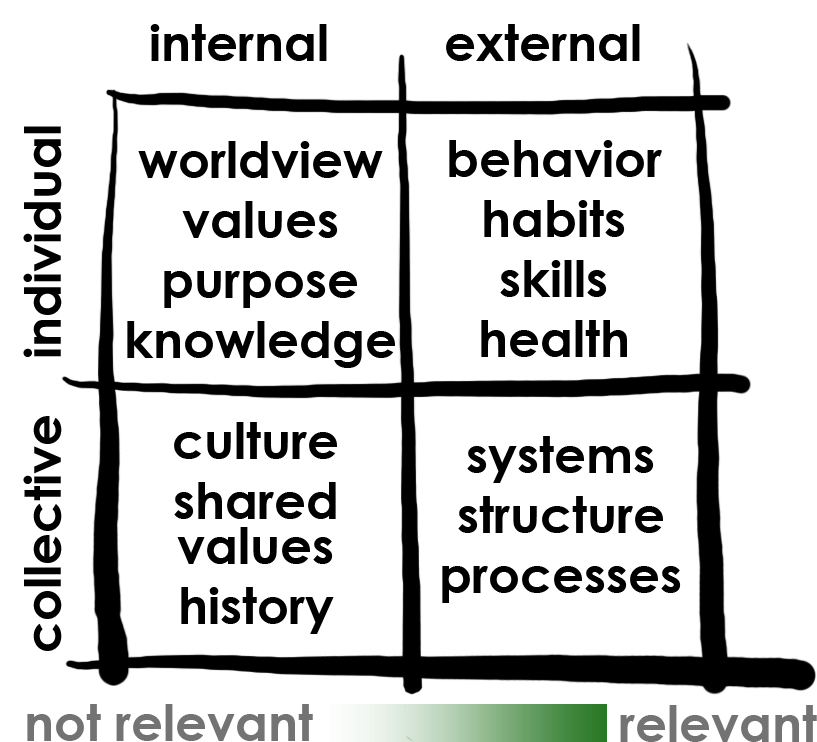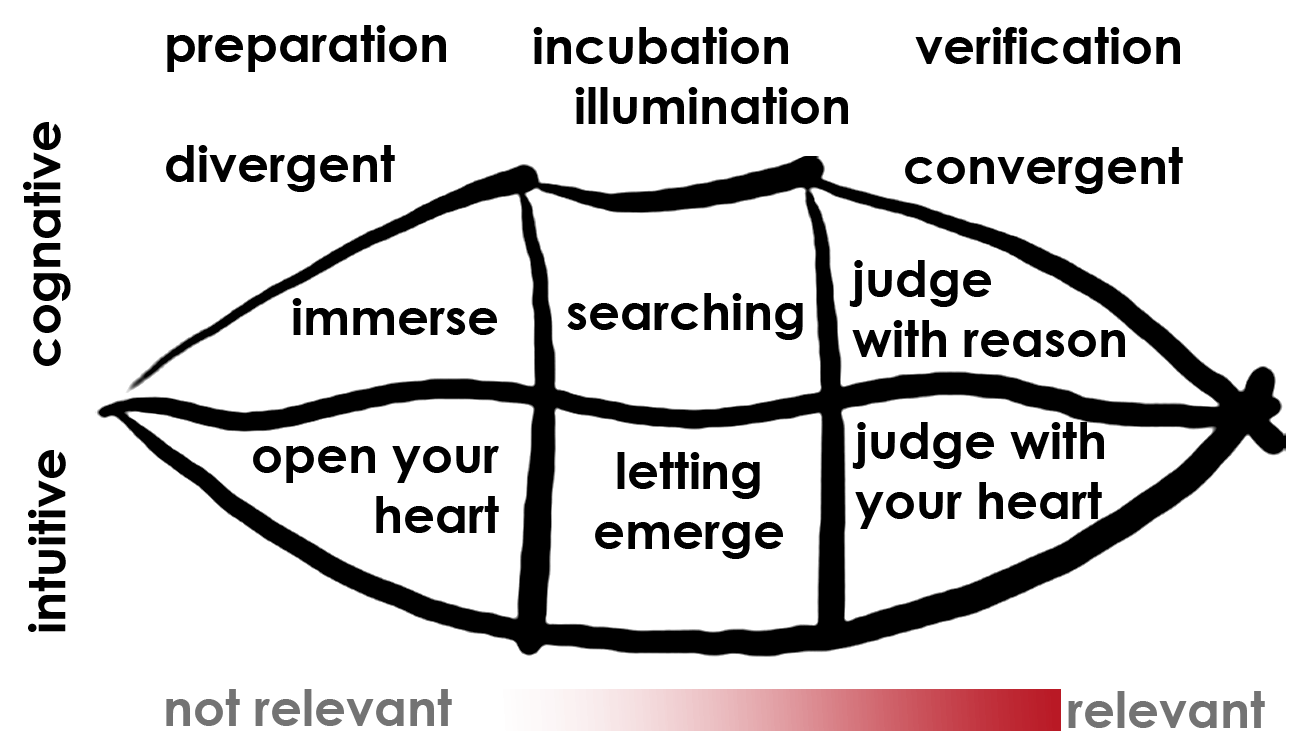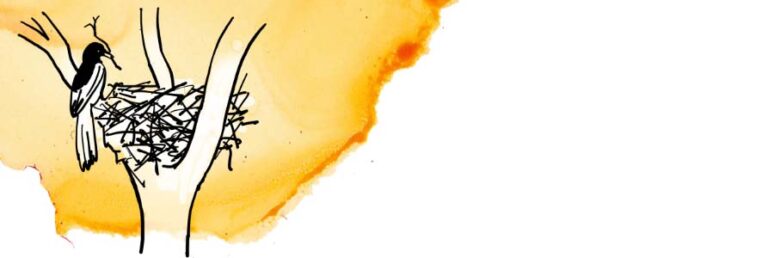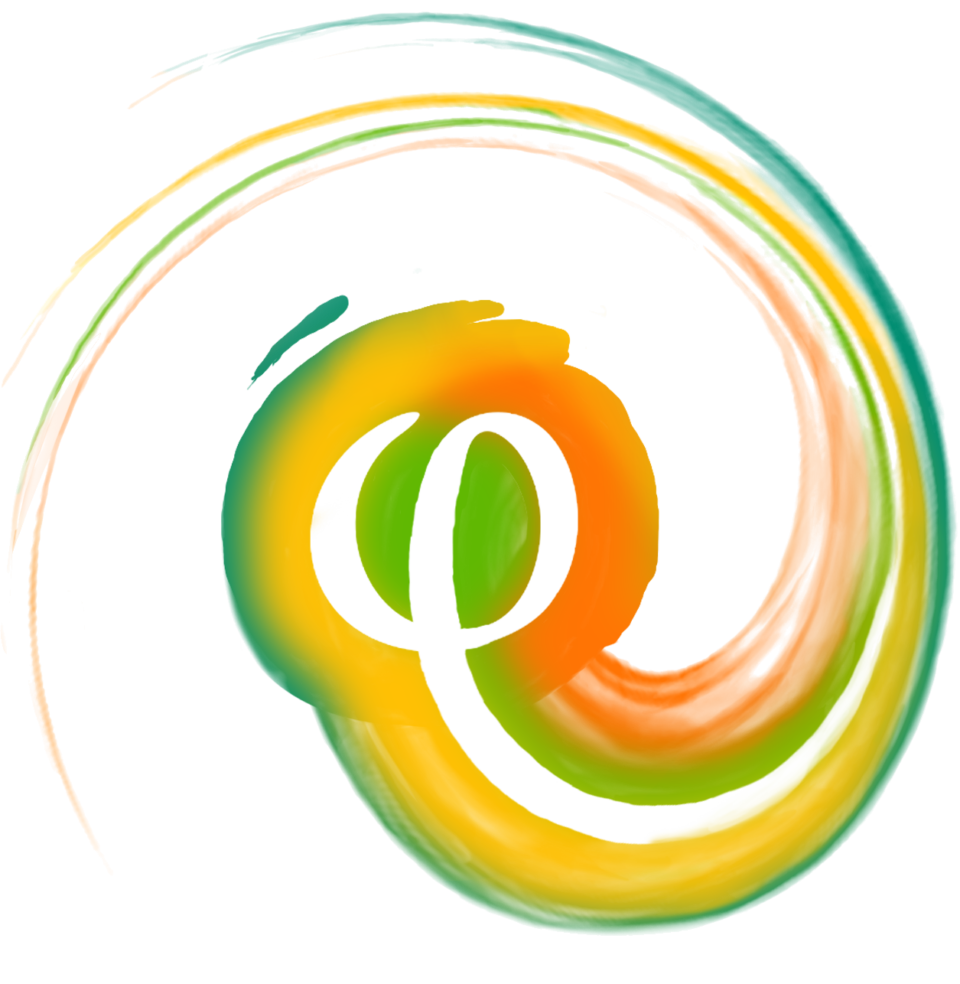Three Horizons
What is Three Horizons about ?
The Three Horizons are an underpinning structure for conversations about the past, the present and the future. This framework examines behavioural, social and organisational patterns using three distinct lenses, called Horizons. These map the shift from established patterns of the First Horizon (past and present), that are no longer fit for purpose, to the establishment of new patterns in the Third Horizon (forecasted future), via the transition activity of the Second Horizon (current changes).
It’s a facilitation technique that can be conducted with flexibility, depending on the audience, the context of the workshop, any specific themes of change for the horizons etc. Core elements involve defining each horizon, identifying patterns and behaviours that reinforce each, and then exploring the kinds of transformative responses that will ultimately bring about change. The aim is to understand how the third horizon of the future can become the established status quo of the present. This can be analysed for numerous purposes, including how to assist in the transition. The details emerge via participant engagement and interactive discussion.
The First Horizon – H1 – is the current dominant system, representing ‘business as usual’. Society relies on these systems being stable and lasting, and for better or worse, much of our daily lives and lifestyles are intertwined with this paradigm. As the world changes, the norms, patterns and systems of H1 begin to feel out of place, inappropriate and, in extreme cases, a threat to future horizons. Business as usual will eventually be superseded by new ways of doing things, and actually contains the seeds of its own demise.
The Third Horizon – H3 - emerges as the long term successor to business as usual. Fringe activity in the present continues to grow into the flourishing status quo of the future. H3 consists of completely new ways of doing things, with some trial and error, but many of its characteristics end up being much better fitted to the world that is emerging than the dominant H1 systems. Pockets of this future can already be found in the present.
The Second Horizon – H2 - is a pattern of activities, ideas, innovations that are disrupting the way things are done. Communities, companies, people, various groups all pioneer new approaches in response to the ever-changing world around them. Some of these innovations will be absorbed by H1, incorporated to prolong its life, while some will aid the transition, and set the stage for the radically different H3 systems to blossom. The disruptions of H2 can be harnessed to manage the collapse of H1, and thus support the more wholesome H3 systems to be embedded in the new H1.

The Three Horizons identify trends and behavioral patterns that are both supporting and disrupting the status quo. This method can be used amongst a group seeking to strategically influence change within their community, work or wider society.












Audience
Is participant experience relevant for Three Horizons ?


Audience description for Three Horizons
This method really can be tailored to the audience. It’s been specifically designed for social change and cultural transformation, yet has performed well for business development. It has been frequently used to bridge gaps for cross sector innovation eg. public sector working with local governments, and NGOs.
It can be done with very low numbers, of 2 - 6 people for example, but the key to gaining insight into social patterns comes from diversity, so the more representation and perspectives in the room the better. Provided that there’s enough common ground to have the conversation and the numbers are manageable for the facilitator. Otherwise conducting multiple sessions as part of an overall process may be preferable.
Requirements
Acoustics, so participants spread out around the room can hear each other and the facilitator clearly.
Online
Yes, although a collaborative platform with a whiteboard and sticky notes would be ideal to keep it interactive. This would then be prepared in advance, possibly even with many, colour-coded, sticky notes in place for participants to type straight onto.
Material for
Flipchart paper/ whiteboard
Large sheets of paper for group notes (if using subgroups)
Red, green and blue markers/ pens
Sticky notes (if possible RGB colours or close-to would be useful)

project

ERASMUS +
Co-funded by the Erasmus+ Program of the European Union. Find more information about the program and its goals here: https://erasmus-plus.ec.europa.eu/.
Views and opinions expressed are however those of the author(s) only and do not necessarily reflect those of the European Union or the European Education and Culture Executive Agency (EACEA). Neither the European Union nor EACEA can be held responsible for them.

Creative Commons license:
CC-BY-SA You are free to distribute, remix, adapt, and build upon the material in any medium or format, even for commercial purposes with mention of the source: Transformation Hosts International, www. hostingtransformation.eu. If you remix, adapt, or build upon the material, you must license the modified material under identical terms.



